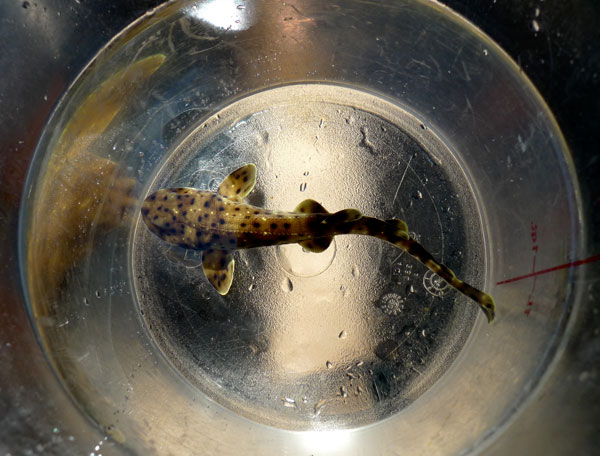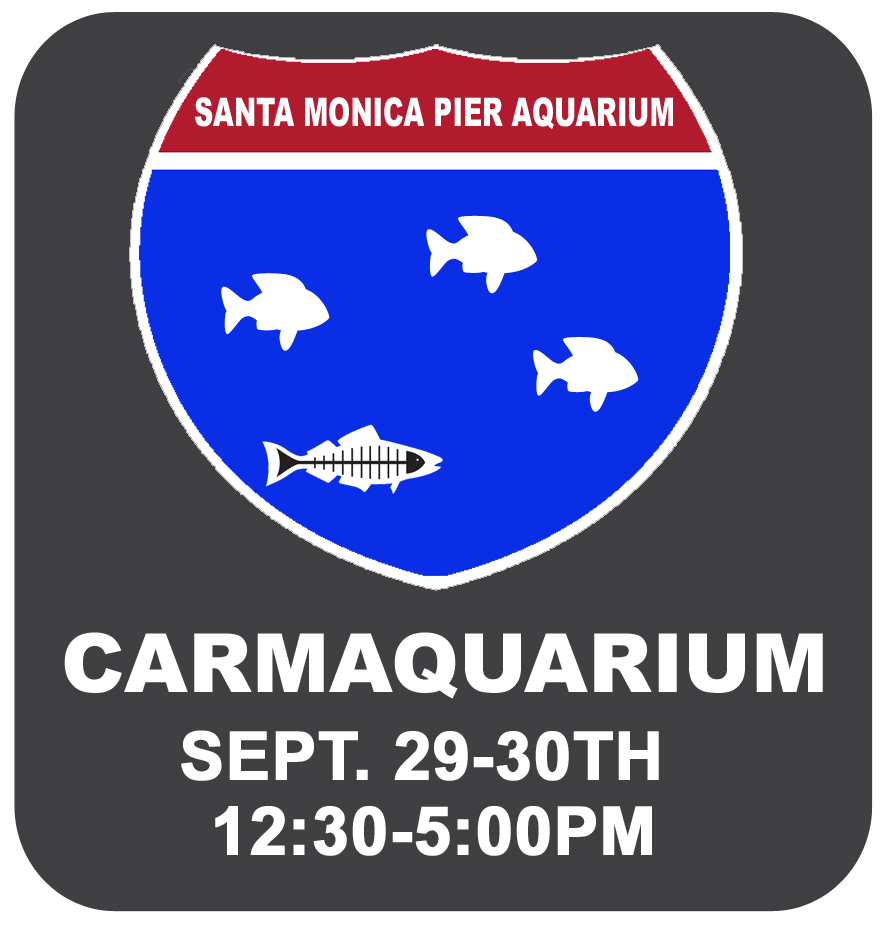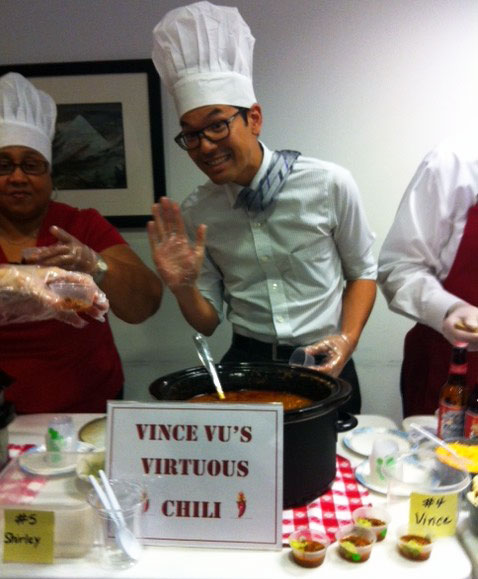October is National Seafood Month, and it’s time to celebrate our favorite fishy foods, but also to reflect on how best to select the food we put on our plates.
Each time we go to a supermarket or restaurant we are confronted with a choice about what food items to buy. Concerns over mercury levels and a growing desire to eat local, sustainable foods have made this decision harder than ever.
Salmon? What exactly does this mean when you read it on a menu? The truth is that it could be farmed or wild, and any one of six different fishes from two different genera from opposite ends of the Earth. Not so simple anymore, huh? Let me help you out a bit.
There are two basic types of salmon: Atlantic and Pacific. The Atlantic salmon is in the genus Salmo and originally came from the Atlantic Ocean (I say originally as they are now farmed all over the world). These fish hatch in freshwater rivers and then head to the ocean to grow and mature. Once they are ready to spawn, they will swim back up the river from which they came, spawn, then head back out into the ocean. They may repeat this process several times over their lifespan.
Pacific salmon, on the other hand, are in the genus Oncorhynchus, and come from the Pacific Ocean. Unlike their Atlantic Ocean cousins, they die after their one and only spawning event, and this is where the trouble begins. All farmed salmon is Atlantic salmon, and it is now farmed all over the world including places like Chile and British Columbia (read “Pacific Ocean”).
Not only are these salmon farms destroying the ecosystem with all of the waste they produce and all of the diseases and parasites they harbor, but on occasion the Atlantic salmon will escape and make their way into the same rivers to spawn as the native Pacific salmon, where they can outcompete the single spawning Pacific salmon, as well as disrupt the delicate arctic ecosystem they have invaded. When the Pacific salmon die, their bodies’ nutrients are released into the nutrient-deprived arctic, beginning the explosion of life that occurs in the arctic during the spring and summer months. Without these nutrients the arctic ecosystem would be unable to function properly.
Furthermore, the healthy omega-3 fatty acids are virtually nonexistent in farmed salmon. They are fed a pellet of chicken parts, corn, and ground up fish, amongst other things, instead of the omega-3 rich marine crustaceans they consume in the wild. Also, farmed salmon is dyed its typical bright orange or else it would be an unappetizing drab gray. There are a host of other reasons why farmed salmon should never ever wind up on your plate, and I will be happy to inform you further if you still need more reasons to avoid this poor excuse for natures mighty wild salmon.
So when looking for salmon, always make sure that it is wild Alaskan. Not only is it much healthier for you, but it tastes so much better and is not destroying our ocean ecosystem.
–Aquarium Education Specialist (and avid fisherman), Nick Fash
Sustainable seafood choices are available at Heal the Bay partners, including the local Santa Monica Seafood and your neighborhood Whole Foods Market.
Find more seafood facts at fishwatch.gov.






